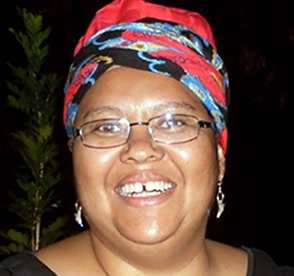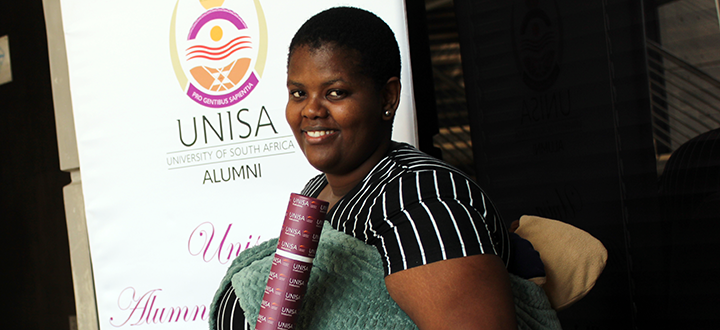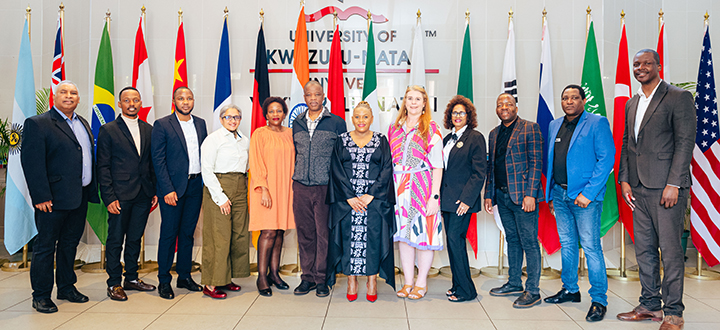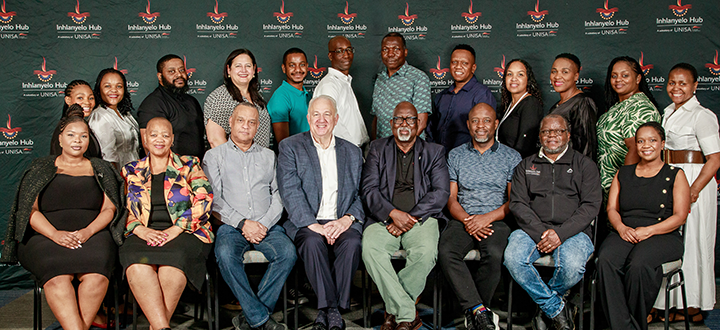News & Media
Connecting heritage and climate
The Department of Leadership and Transformation recently hosted a Heritage Month celebration webinar themed "Heritage and Climate".
In his opening remarks, Dr Malekutu Bopape, Acting Executive Director, Leadership and Transformation, stated that it is essential to understand the meaning of heritage. He argued that heritage should go beyond the narrow focus on traditional attires and dance as it is much broader. He said: "We want to promote a heritage celebration that enhances social inclusion and social cohesion, where young people can be supported and taught to celebrate their past and present through various expressions and activities."
Prof Michelle May of Unisa’s Department of Industrial and Organisational Psychology, gave a presentation entitled "Journeying from and through Grace: Honouring my roots". Briefly sharing her history and heritage, she said: "I grew up in a village called Genadendal (Valley of Grace), built on the site of the oldest mission station in the country." She added: "It was initially known as Baviaanskloof but was renamed Genadendal in 1806. Genadendal was the place of the first Teachers' Training College in South Africa, founded in 1838 and later closed in 1926." May continued to share the rich spiritual heritage of Genadendal, indicating that it made her who she is today.

Prof Michelle May |

Nomsa Thabethe |
Nomsa Thabethe of Unisa’s Department of Environmental Sciences, gave a presentation on "Heritage and Climate: The past, the present and the future". Thabethe briefly defined what heritage and climate are and how they link. She said: "Heritage refers to the full range of our inherited traditions, monuments, objects and culture. In contrast, climate is an area's long-term weather pattern." She added: "Changes in temperature, precipitation, and wind, among others, can negatively impact heritage assets."
The United Nations Educational, Scientific and Cultural Organization has also identified climate threats to heritage assets. Thabethe said: "By 2100, the sea level will rise by 30 and 100 cm, threatening coastal communities, wetlands and coral reefs." In addition, "Global average precipitation will increase by 1% to 3% for each degree of warming, which means that we are looking at a future with much more rain, snow and a higher risk of flooding to some regions," said Thabethe.
Thabethe concluded that climate change is one of the most significant threats to heritage properties and that there is a need to protect them for the benefit of current and future generations.
* By Gugu Masinga, Marketing and Communication Specialist, Department of Leadership and Transformation
Publish date: 2022-10-11 00:00:00.0


 Unisans honoured with prestigious accounting education awards
Unisans honoured with prestigious accounting education awards
 A double achievement of note
A double achievement of note
 Unisa co-hosts G20 Community Town Hall Engagement in KZN
Unisa co-hosts G20 Community Town Hall Engagement in KZN
 Unisa pays tribute to women who shaped history through music and sport
Unisa pays tribute to women who shaped history through music and sport
 Inhlanyelo Hub NPC charts strategic path and celebrates innovation
Inhlanyelo Hub NPC charts strategic path and celebrates innovation